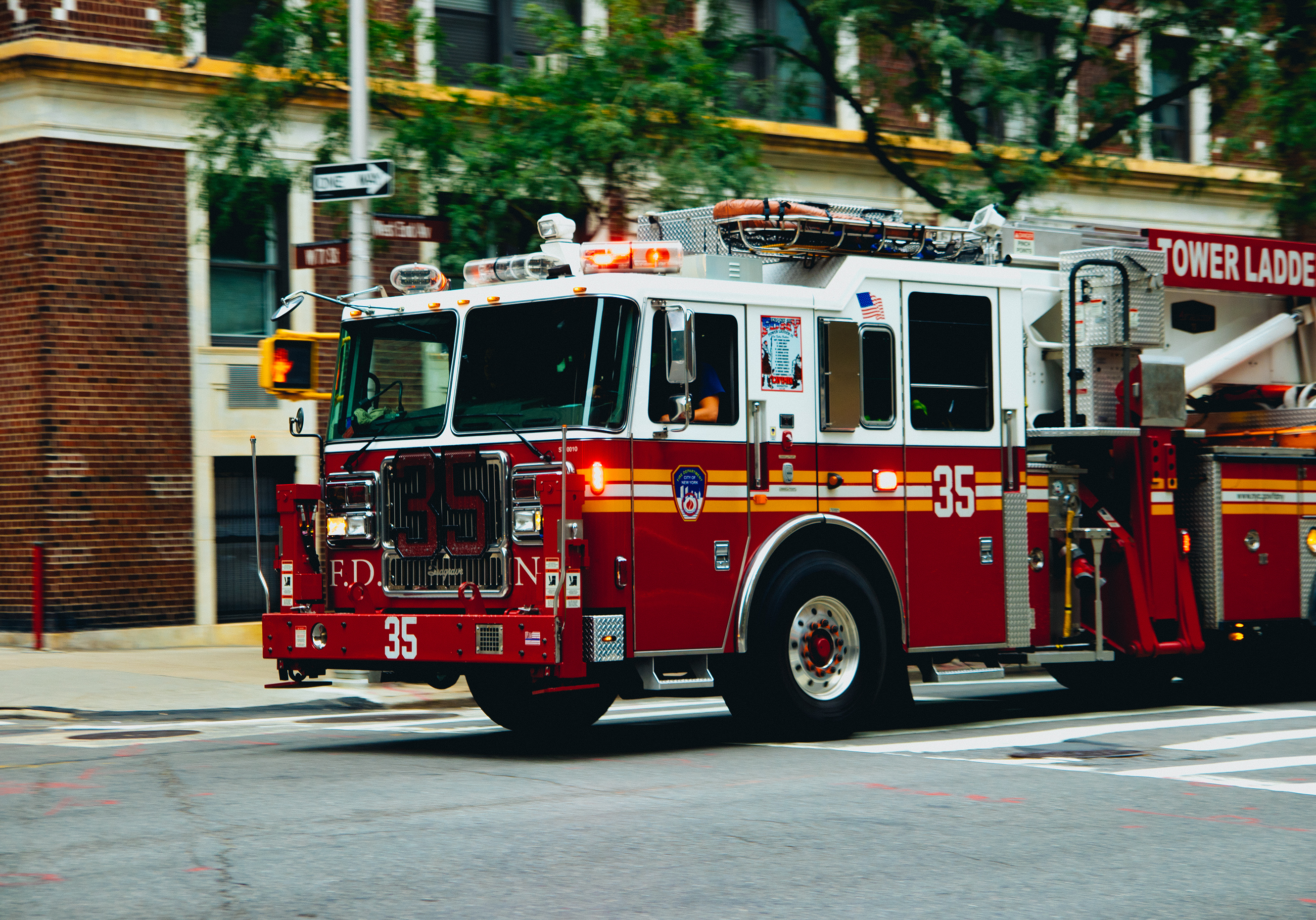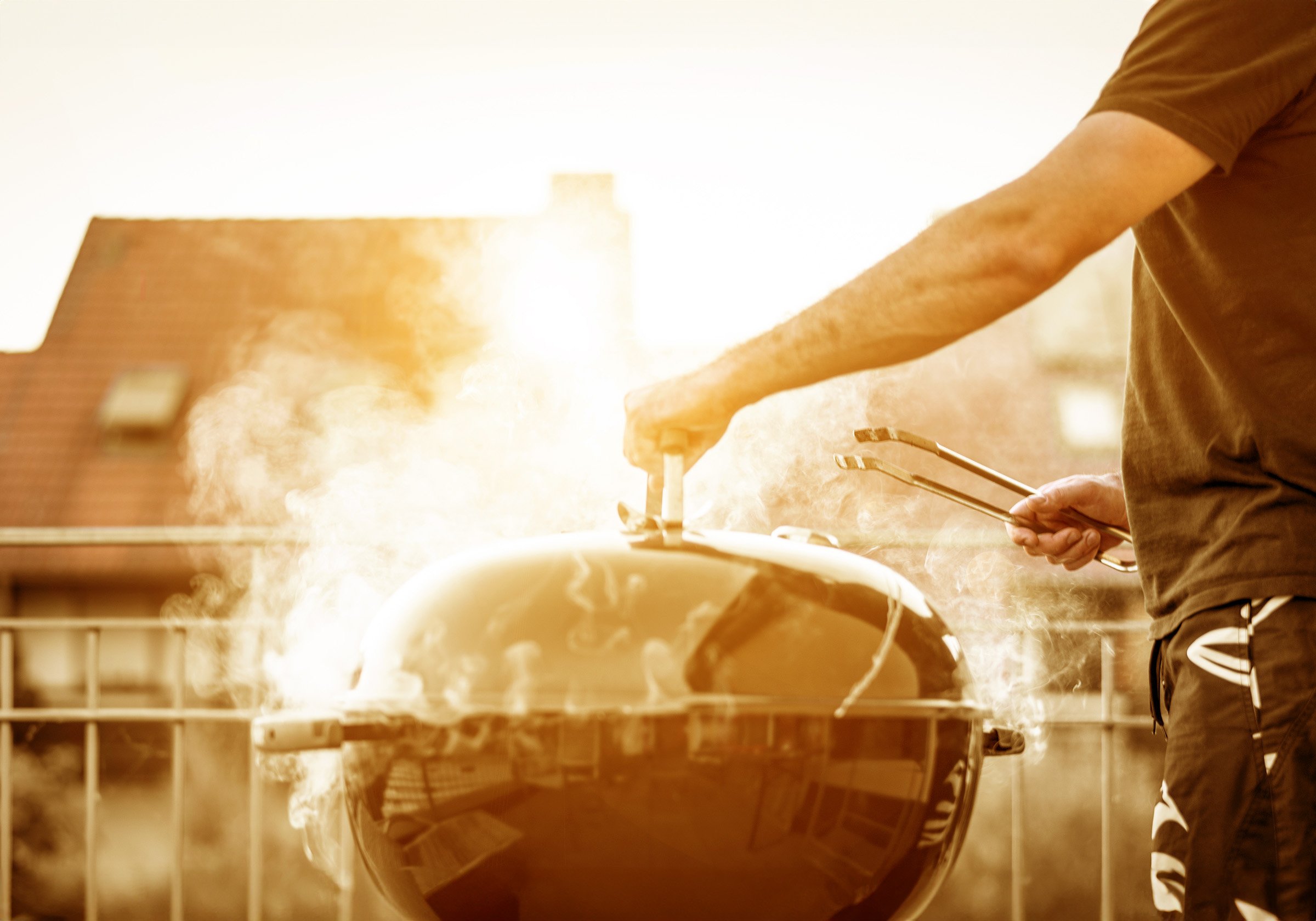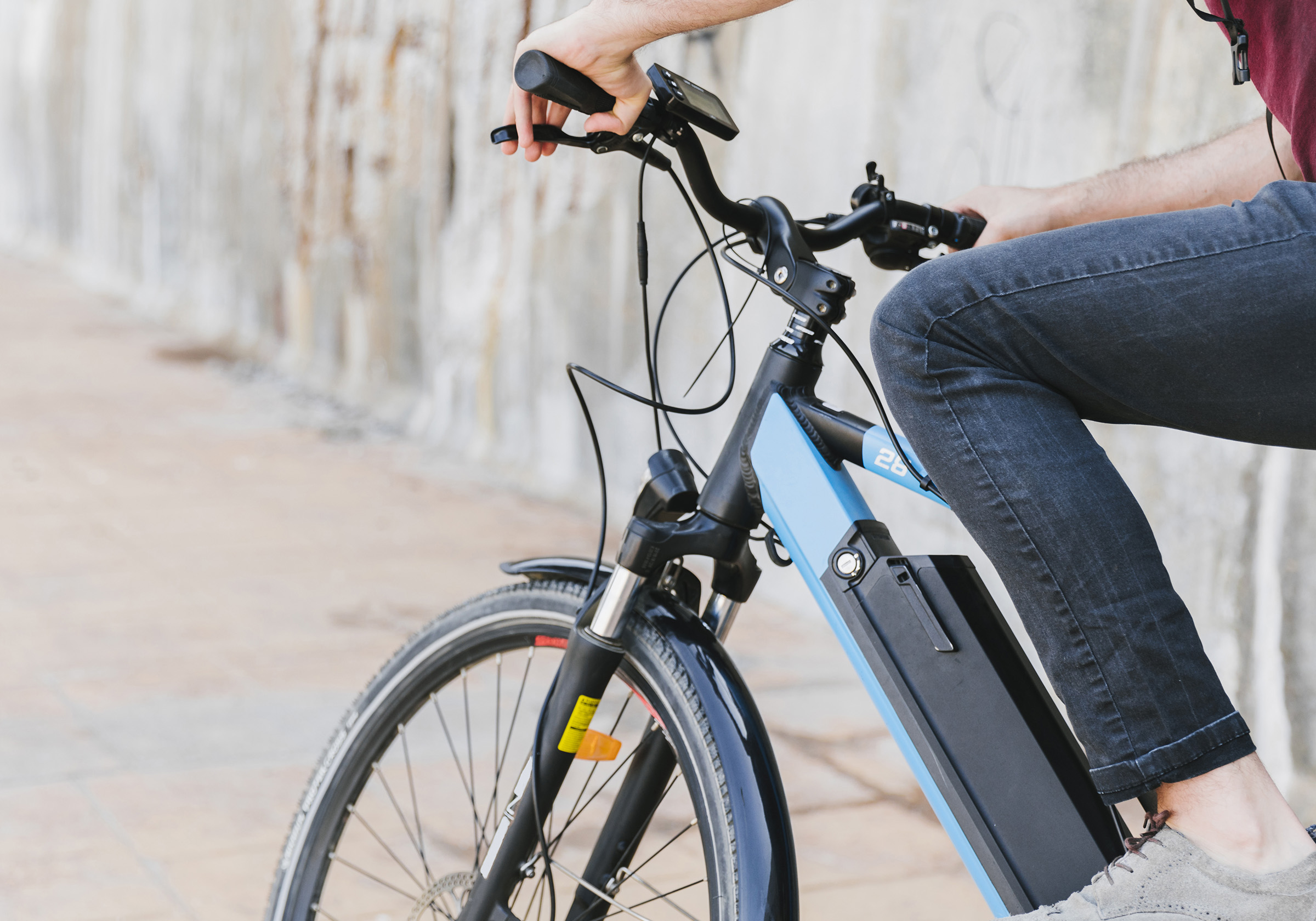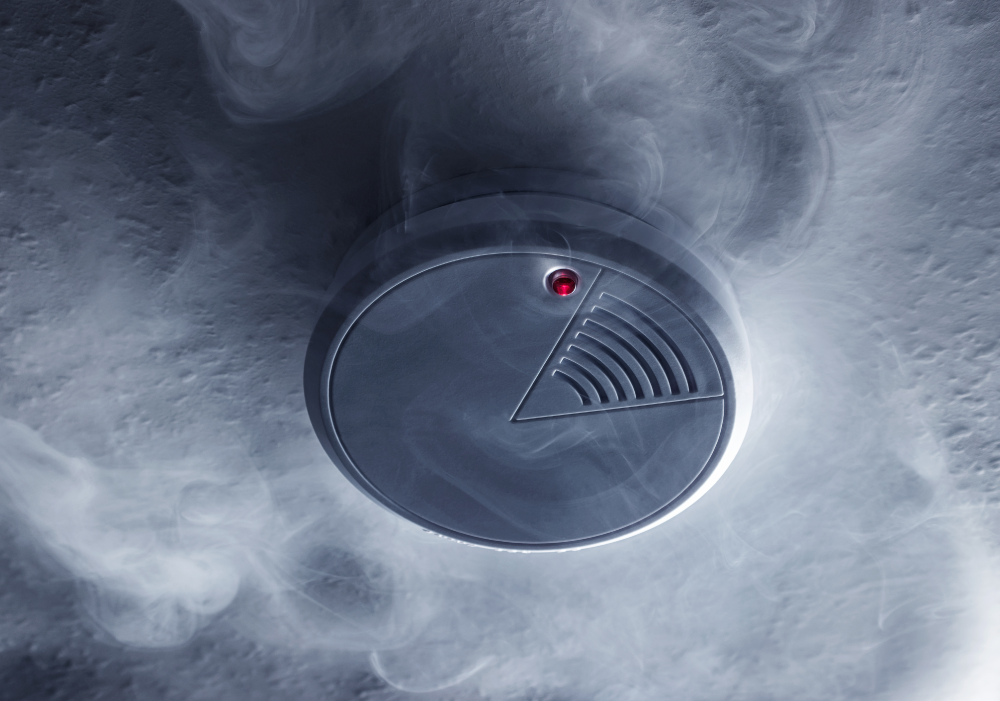Every community needs a well-equipped fire department to protect residents’ homes and lives as well as local businesses. But have you ever stopped to wonder how much all the necessary equipment costs? The short answer: more than you probably expect. The more complete answer: there are many reasons for these high costs, so let’s explore them.
Firefighters need a wide range of sophisticated equipment that:
- Transports them to fires quickly and carries all the necessary gear.
- Protects them in fires burning at more than 1,000 degrees Fahrenheit.
- Allows them to breathe when the air is filled with smoke.
- Helps them find people in need of rescue even when it’s nearly impossible to see due to darkness and heavy smoke.
- Enables them to extinguish all kinds of fires, including electrical fires.
This specialized equipment is expensive. For example, a used ladder truck including a water tank, generator, and other options costs about $650,000; a new one costs about $1.2 million. A used ladder truck with fewer options would cost less, perhaps a few hundred thousand dollars, but would have fewer years of useful service left.
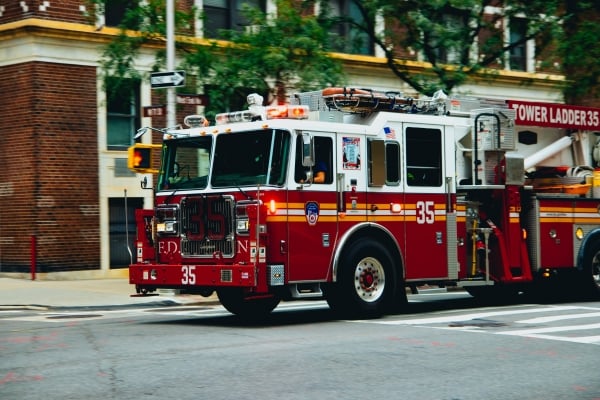 New ladder trucks can cost more than $1 million.
New ladder trucks can cost more than $1 million.
Related:
The Hidden Firefighting Crisis
A new engine — a truck without an aerial ladder — costs between $350,000 and $700,000, depending on the type of cab and other factors. Some have custom cabs designed for firefighters. Others have commercial cabs similar to those found on semitrucks.
Maintaining firefighting equipment is a highly involved process
The equipment purchase price is just one part of the firefighting equipment cost. Equipment needs to be maintained. If it’s not working, firefighters can’t effectively protect you or themselves.
In the U.S., the National Fire Protection Association (NFPA) sets the standards for maintaining firefighting equipment and for testing it to ensure everything is working effectively. These requirements cover every aspect of equipment maintenance and testing you can think of, and probably some you would never have considered.
The current version of the standard covering just “automotive fire apparatus” — that is, fire trucks and other vehicles — runs more than 100 pages and includes chapters on aerial devices (ladders), electrical systems, compressed air-foam systems, breathing air systems, pumps, and more.
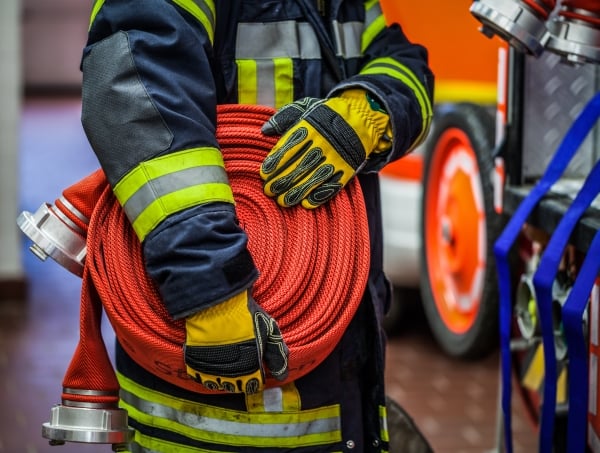 Firefighting equipment, including hoses and nozzles, needs to meet
Firefighting equipment, including hoses and nozzles, needs to meet
specific standards and pass regular inspections.
The NFPA also has standards covering maintenance and tests of other equipment, including self-contained breathing apparatus (also called air-packs) and turnout gear (jacket, pants, helmet, hood, boots, etc.). The required tests must be performed by a certified company, which charges a fee for the tests.
The tests are required whether the fire department uses the equipment in a fire or never responds to a single call and leaves the equipment untouched.
Malfunctioning or poorly functioning equipment could endanger firefighters’ lives or prevent them from working as quickly and effectively as possible, resulting in a fire burning longer than necessary. So, everything needs to be checked frequently.
The bottom line: the total cost for purchasing, maintaining and testing equipment can escalate quickly, even for a small fire department with just one station.
A few more examples of firefighting equipment costs
Though a ladder truck or engine might be the single most expensive piece of equipment a fire department needs, it is far from the only major expense.
One set of turnout gear costs about $3,000, and a fire department needs one for each firefighter. The NFPA requires this gear be replaced every 10 years, no matter how much it’s used. If the gear is used heavily or damaged beyond repair, it will need to be replaced more frequently.
Air-packs, which firefighters wear so they can enter a burning building and continue to breathe, cost about $6,000 each. Every air-pack needs an annual test costing approximately $160, whether it’s been used or not. Air-packs also must be replaced at least every 10 years.
Firefighters use other specialized, and often expensive, equipment. Thermal imaging cameras allow firefighters to move more safely through a dark, smoke-filled building and more quickly locate and rescue people. These can cost several thousand dollars, and even small departments need more than one.
A hydraulic rescue tool — commonly known by its trademarked name, the Jaws of Life — can cut through metal and glass, allowing firefighters to rescue people from cars. One tool typically costs more than $10,000.
How to learn more about your fire department’s equipment costs and funding
These are just a few of the items a fire department needs. Hoses, nozzles, and the stations themselves all come with their own costs, both to purchase and maintain. To pay for what they need, fire departments rely on public funding, which is often determined in complex ways that vary by location.
If you have questions about how your local fire department is funded, call your closest fire station. If you live in Washington state and aren’t sure which station is closest to you, contact our Customer Service team at 206-217-0101, and we’ll be happy to help you.
If you enjoyed this article, stay informed with similar content by signing up for notifications.




